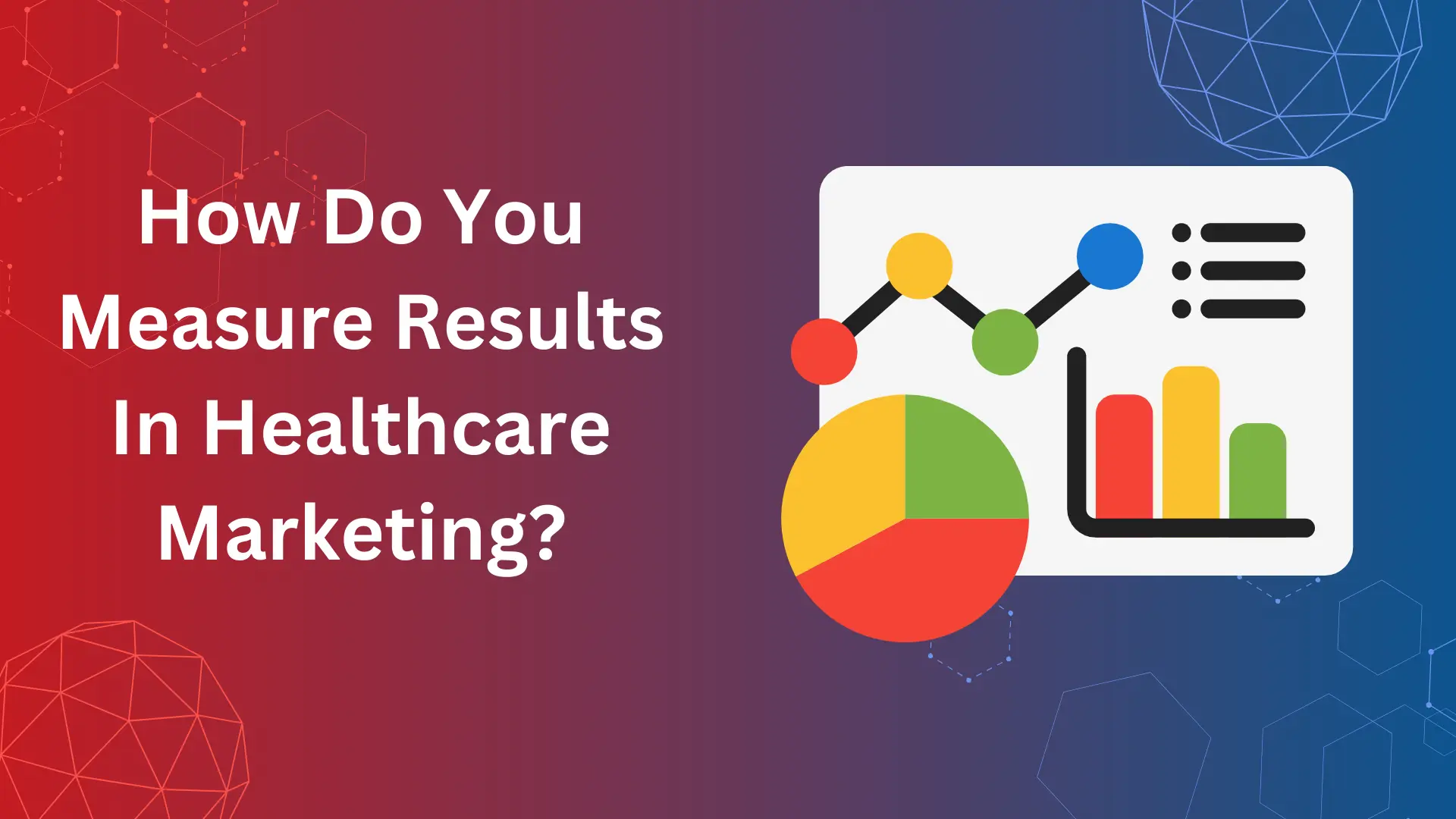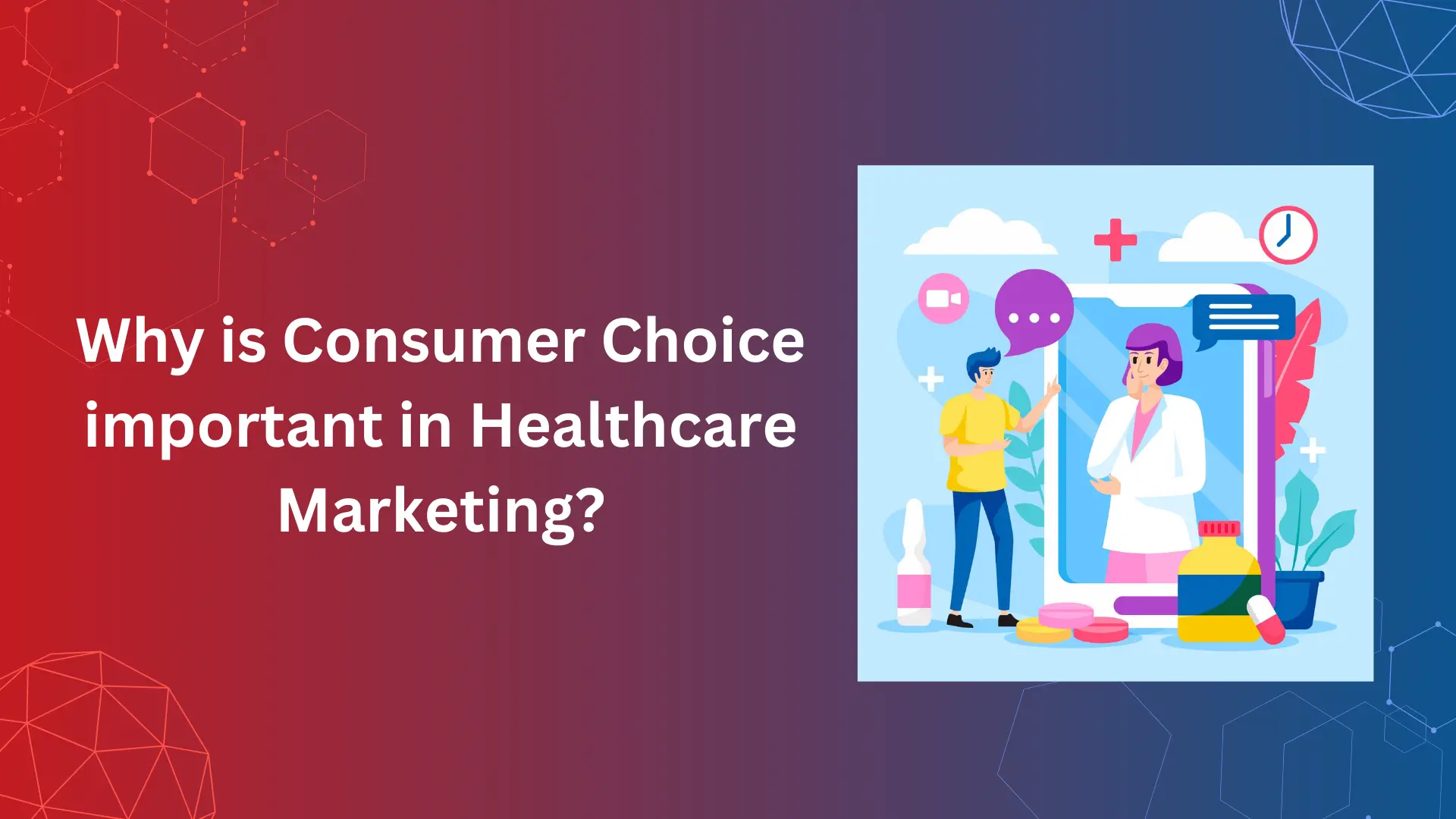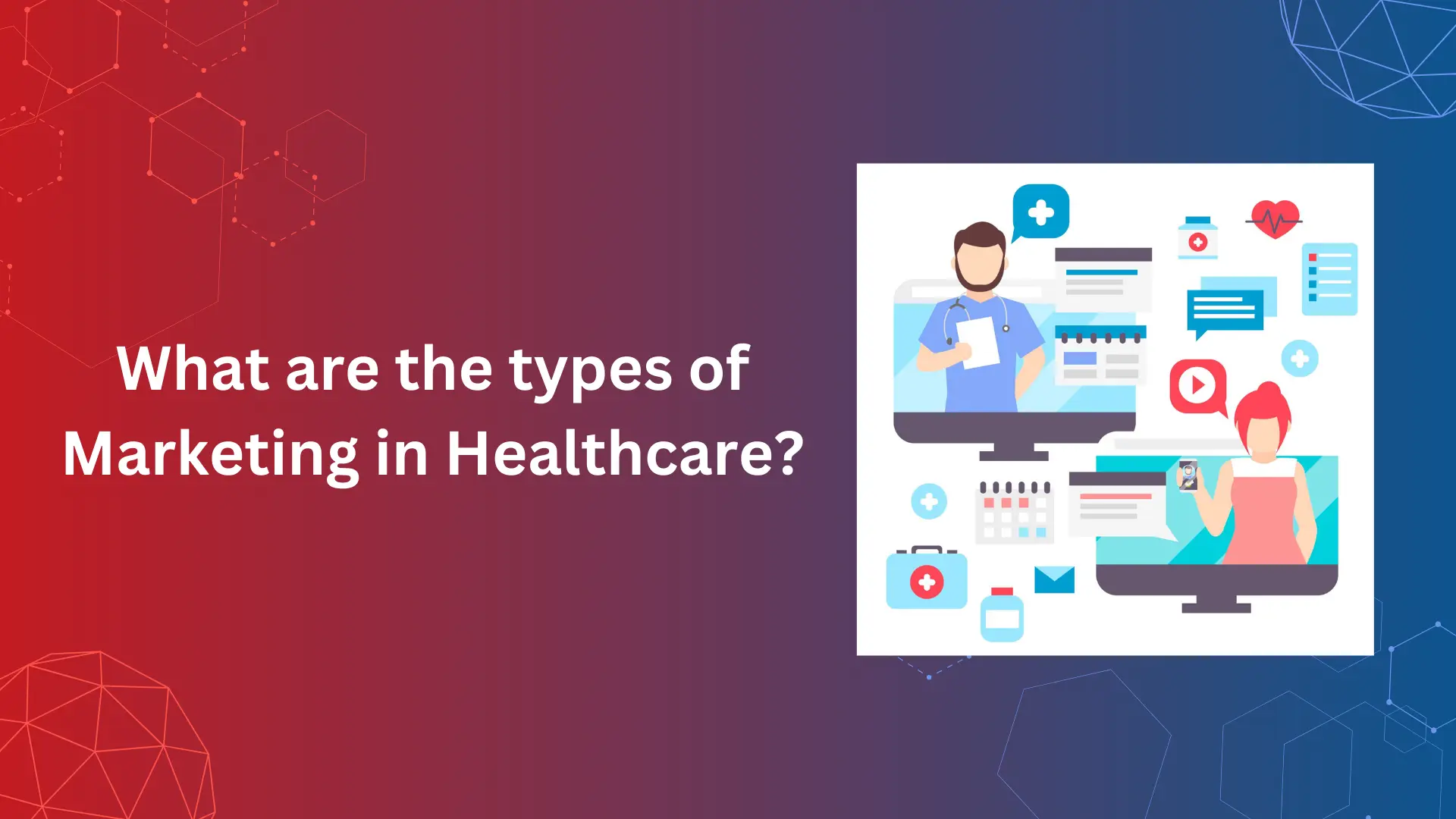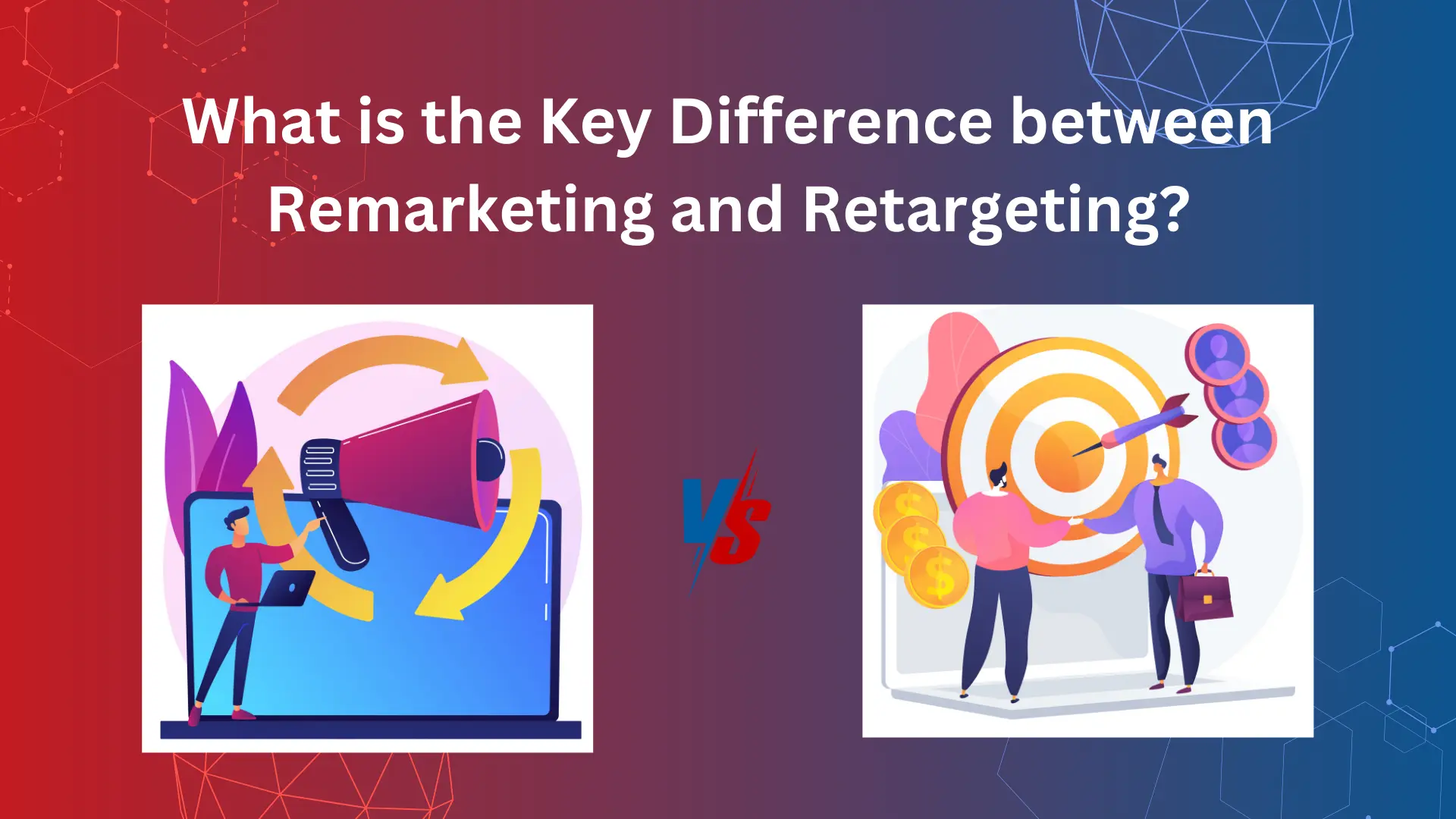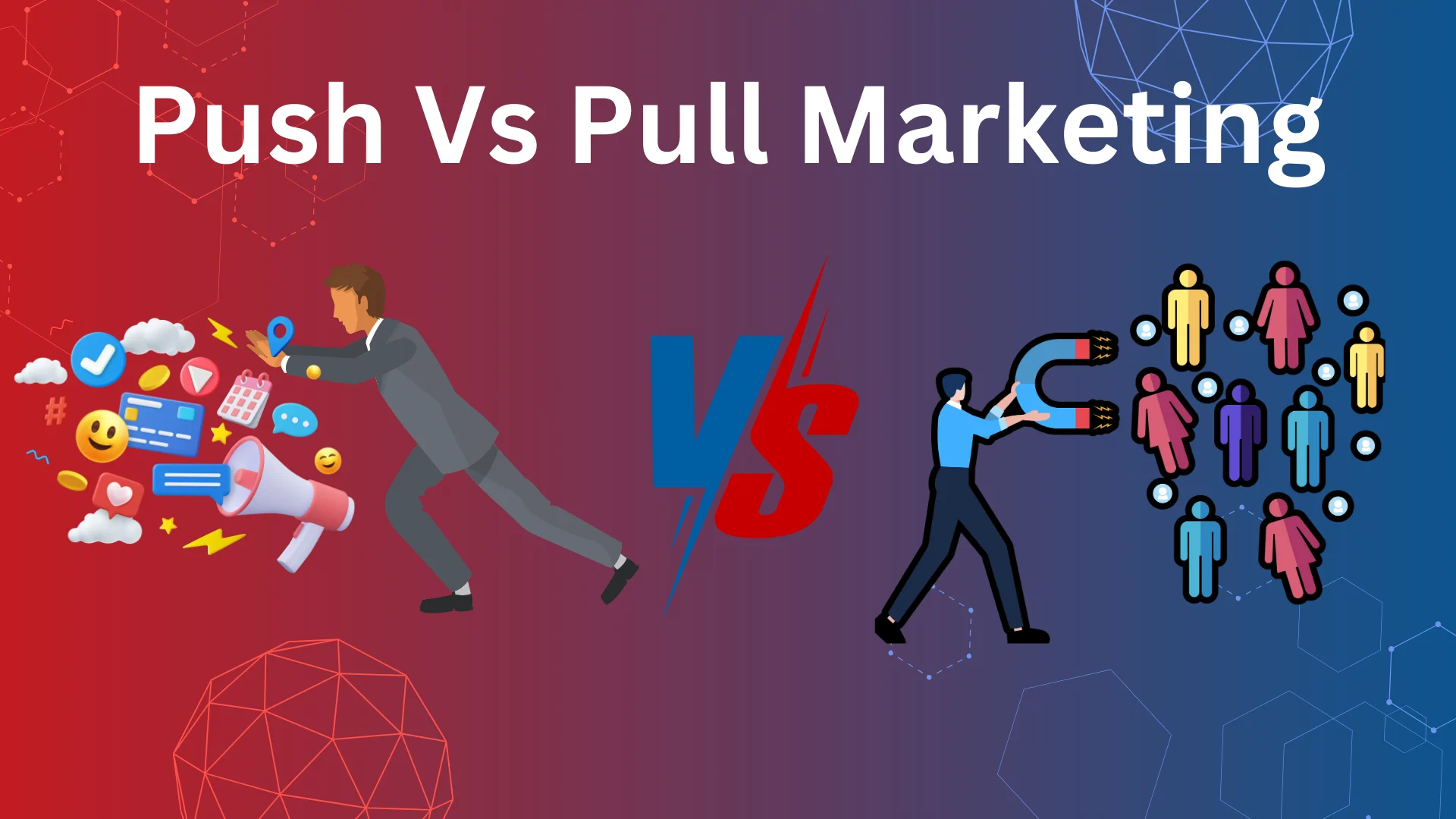Measuring the effectiveness of healthcare marketing mainly involves using various metrics that are tailored for facing the challenges and goals of industry. This blog helps in providing information about key metrics and insights to optimize your campaign.
Key Metrics for Measuring Success in Healthcare Marketing
Key metric plays an important role in assessing the effectiveness of marketing efforts. They also ensure that they align with broader business objectives. Here are some metrics that must be considered
Measure Return on Investment (ROI)
ROI is an important metric used in marketing. This helps in qualifying the healthcare marketing campaign’s profits. This helps you in understanding the revenue generated in return for every penny you spend on marketing.
For calculating ROI, you need to have information about the revenue each patient brings. you can either use the exact numbers of each patient or an average of patient revenue.
ROI can be calculated by using:
ROI= (revenue – marketing spend/Marketing spend)*100
So, we can consider total revenue obtained as $50000, and subtract the cost of the campaign $10000. This gives the net profit of $40000. Then, to find ROI we can divide net profit by campaign cost. That is $40000 divided by $10000 and multiplied by 100. we get an ROI of 400%. From this, we can understand that every dollar you spend has gained 4 dollars. This shows that the campaign is very successful in terms of revenue when compared to costs.
Some tools that can be used for ROI analysis are Google analytics, CRM Systems and ROI calculators.
Understand Patient Acquisition Cost (PAC)

For optimizing your budget for marketing, understanding new patient acquisition is essential. the patient acquisition cost is calculated by
PAC = total cost of marketing campaign/patients acquired through the campaign.
Here if you spend $20,000 on marketing and you have acquired 200 new patients in that specific period. In this scenario, you can divide $20,000 by 200. then the PAC is $100 per patient. it can be understood that each patient you have gotten newly in this specific time costs $100 in marketing expenses.
Commonly lower the value of PAC, the higher the ROI value. This explains that you have made an effective allocation for your marketing campaign. and it has given good results.
Calculate Patient Lifetime Value (LTV)
Patient lifetime value is the total estimate of revenue a patient is expected to produce over their entire time in treatment. by calculating this, marketers get insights regarding the long-term profit of patient relationships.
For calculating LTV, the average value of appointments, the average number of years patients visit your practice, and the average number of appointments each year must be known. You can multiply all the three values and calculate the LTV value.
LTV is an essential component for measuring healthcare marketing strategy performance. This shows the long-term financial impact of the effort and investment in patients. The higher value of LTV shows that you have a good patient base. This can help you allocate resources efficiently.
Monitor Patient Calls
Tracking the calls of patients can provide valuable data on effective marketing campaigns. It is important to know which marketing channels have made you receive more patients for your organization. This is one of the direct methods for assessment.
Analyzing the call metrics like call volume, appointments made from calls, call duration, and demographics of the caller can help in the identification of trends, message optimization, and improvement in patient care.
Track Search Engine Ratings
In the present digital world, a strong presence in search engine results pages is significant in attracting new patients. This affects the visibility of your website and online marketing campaigns.
Some data says that ranking first in Google can provide a click-through rate of about 27.6%. This has a positive impact on the 5th place ranking, which commonly has a click-through rate of around 6.3%.
Tools like Google Analytics, SEMrush, or Moz can help in tracking the rankings of keywords, trends of organic traffic, and search engine conversations.
Improve Your Star Rating
Maintaining your online reputation is another important aspect of healthcare marketing. The patient’s review and ratings can influence the decision of patients.
Some studies have shown that 71% of patients begin their search by reading online reviews. Also, over 94% of patients will consult through those reviews.
So monitoring and improving the star rating can attract more patients. Google My Business, Healthgrades, and Yelp are some of the sites that can help in your rating. star rating can also improve search engine rankings.
Conclusion
Measuring results in healthcare marketing needs a proper approach to integrating financial metrics, patient acquisition data, online visibility, and reputation management.
By calculating these metrics, healthcare marketers can assess a campaign efficiently. It is also helpful in allocating resources properly and refining the strategies. Using a data-driven approach can help in improving healthcare organizations in patient acquisition, retention and also for long-term success in healthcare marketing.
Frequently Asked Questions (FAQs)
KPI helps in measuring performance, tracking progress, and guiding decision-making in healthcare.
A metric in healthcare is a quantifiable measurement used for evaluating various aspects of health delivery.
KPI can be developed by identifying the goals, selecting relevant metrics, setting targets, collecting data, analyzing, and taking action.

